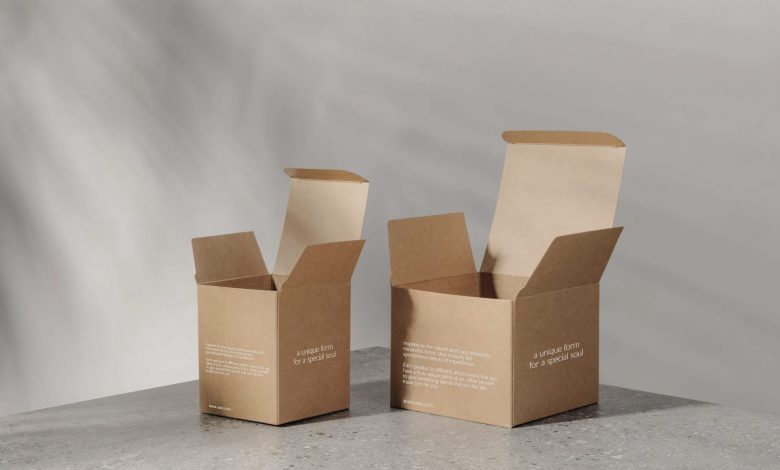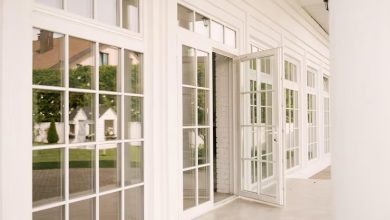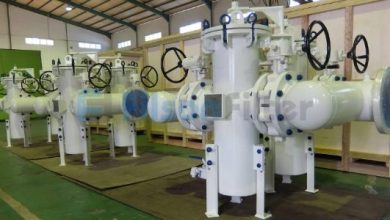
Designing a custom layout for your kraft boxes is a creative process that requires attention to detail, functionality, and brand alignment. Kraft boxes are known for their eco-friendly nature and versatility. By choosing the right layout, you can elevate your product’s packaging while keeping it both practical and aesthetically appealing. In this guide, we’ll explore various aspects of designing the perfect kraft box layout, from selecting materials to adding personal touches that reflect your brand identity.
Understanding the Importance of a Good Box Layout
The layout of your custom kraft boxes goes beyond just aesthetics. It plays a critical role in protecting the contents and providing a pleasant unboxing experience. The first impression your packaging makes can influence customer perceptions and, ultimately, purchasing decisions. A carefully designed box layout not only ensures safety but also communicates your brand’s values and personality.
A well-thought-out box layout helps to:
- Ensure product safety during shipping
- Provide easy-to-follow instructions for assembly or use
- Reflect your brand identity and attract customers
- Enhance the customer experience with creative touches
When designing the layout, it’s essential to balance form and function. While you want the box to be visually appealing, it must also be durable and easy to handle.
Choosing the Right Kraft Box Material
The first step in designing your custom box layout is choosing the right material. Kraft paper is the most common material used for eco-friendly packaging, but it comes in different types and weights. The material you choose will directly impact the box’s sturdiness, cost, and overall appearance.
Kraft paper comes in two primary forms: bleached and unbleached. Unbleached kraft paper has a natural, rustic look, which is ideal for eco-conscious brands. Bleached kraft paper, on the other hand, offers a cleaner, lighter appearance. It’s commonly used for products that need to showcase a more polished aesthetic.
The weight of the kraft paper is also a crucial factor. Heavier kraft paper is ideal for packaging heavier or fragile items, while lighter weight paper is suitable for smaller, less delicate products. In addition, consider the environmental impact of the material. Opting for recycled or FSC-certified kraft paper can enhance your brand’s sustainability efforts.
The Role of Colors and Finishes
Once you’ve selected the right material, the next step is to choose the color and finish for your custom box. The color palette of your kraft box layout should reflect your brand’s identity and message. While kraft paper itself is typically brown or natural in color, you can use various printing techniques to add color and texture.
- Printed Designs: Many companies choose to print logos, product names, or other branding elements directly onto the kraft box. The most common printing methods for kraft boxes include screen printing, digital printing, and flexographic printing.
- Embossing and Debossing: To add a premium touch, embossing (raised designs) or debossing (indented designs) can be applied to the box. These techniques can create a tactile experience for your customers, making your box feel more luxurious.
- Coatings and Laminates: Glossy or matte coatings can enhance the visual appeal of your box, providing protection against moisture and wear. Matte finishes are more subtle, while glossy finishes create a more vibrant look.
By carefully selecting colors and finishes, you can make your kraft box stand out on the shelf while reinforcing your brand’s values, such as sustainability and high quality.
Structural Design and Functionality
The structure of your custom kraft box should not only be visually pleasing but also functional. There are several box styles to choose from, depending on the product you’re packaging. Some common types of kraft boxes include:
- Tuck-End Boxes: These are simple and easy to assemble. They feature flaps that tuck into the box, providing a secure closure.
- Die-Cut Boxes: Die-cut boxes are custom-shaped and can be tailored to fit a variety of product types. They offer flexibility in terms of shape and design.
- Gable Boxes: Gable boxes are popular for take-out food or gifts. Their unique shape makes them easy to carry and adds a fun element to the packaging.
- Mailer Boxes: These boxes are perfect for subscription boxes or direct-to-consumer shipping. They are sturdy and can be designed to reflect your brand’s identity while protecting the contents.
The structural design should ensure the safety of the product inside. The box needs to be sturdy enough to prevent damage during shipping and handling. A box with the right structural integrity will also give the customer confidence that the product is well-protected.
Customization and Branding Opportunities
One of the primary benefits of designing your custom kraft box layout is the ability to tailor it to your brand’s identity. Customization helps differentiate your product from competitors, while creating a memorable experience for customers. Here are some elements you can customize to reflect your brand:
- Logo and Typography: Ensure your logo is prominently featured on the box. The choice of typography, font, and color should align with your brand’s tone. For instance, a playful brand may opt for bold, vibrant fonts, while a luxury brand might choose elegant, refined lettering.
- Taglines and Messaging: Use the box as a space to communicate your brand’s mission, values, or product benefits. A well-crafted message can make a lasting impact and create an emotional connection with the consumer.
- Illustrations and Graphics: Incorporate custom illustrations, patterns, or graphics that reflect the essence of your brand. These design elements can add uniqueness and charm to your packaging, making it stand out.
Customized packaging offers a great opportunity to strengthen brand recall and improve customer loyalty. The more your packaging aligns with your brand’s aesthetics and values, the more likely customers will feel connected to your product.
Sustainability and Eco-Friendly Considerations
As sustainability becomes more important to consumers, eco-friendly packaging options have gained significant popularity. Custom kraft boxes are already a great choice for businesses looking to reduce their environmental impact, as kraft paper is biodegradable and recyclable. However, there are other ways to enhance the sustainability of your packaging.
- Recycled Kraft Paper: Choosing recycled kraft paper reduces the demand for virgin resources, making your box even more eco-conscious.
- Soy-Based Inks: Instead of traditional petroleum-based inks, opt for soy-based inks, which are more environmentally friendly and produce vibrant colors.
- Minimalist Design: A minimalist approach to design can reduce waste by using less ink and material, making your packaging both eco-friendly and stylish.
By focusing on sustainability, you not only attract eco-conscious consumers but also contribute to the overall well-being of the planet. Sustainable packaging is becoming a key differentiator, so it’s worth investing in green solutions for your custom box layout.
Enhancing the Unboxing Experience
The unboxing experience plays a significant role in how customers perceive your brand. A carefully designed kraft box layout can enhance this experience by offering a visually appealing, tactile, and memorable moment. Here are some ways to elevate the unboxing experience:
- Interior Design: Consider adding a personal touch to the inside of the box. You can include custom tissue paper, thank-you notes, or promotional inserts that make the unboxing feel more special.
- Secure Product Placement: Ensure the product is securely placed inside the box to prevent shifting or damage. You can use custom inserts or padding to hold the item in place and create a premium feel.
- Surprise Elements: Surprise your customers with small freebies, discounts, or product samples inside the box. These thoughtful touches can make the unboxing experience more exciting and encourage repeat business.
A positive unboxing experience can lead to greater customer satisfaction, positive reviews, and word-of-mouth referrals. By paying attention to the finer details, you create a memorable connection with your audience.
Printing Techniques for Custom Kraft Boxes
When it comes to custom kraft box design, the printing techniques you choose can make a significant difference in the final result. Several printing methods are available, each with its own advantages depending on your design needs and budget.
- Flexographic Printing: This is a cost-effective method suitable for high-volume orders. It provides high-quality prints with sharp details and vibrant colors.
- Screen Printing: Screen printing is ideal for simple designs or logos that need to stand out. It is best for bold, single-color designs and works well on kraft paper.
- Digital Printing: Digital printing offers the flexibility to print complex, multi-colored designs. It’s perfect for smaller runs or products with intricate artwork.
Each printing technique can create a different texture and finish, so it’s important to choose the right one based on your design and budget. The printing method will directly affect the visual appeal and quality of your kraft box.
Cost Considerations in Kraft Box Design
While creating the perfect kraft box layout is important, it’s also essential to consider the cost implications of your design choices. Custom packaging can be expensive, so you must balance your design ambitions with your budget. Factors like material choice, printing method, box size, and order quantity all contribute to the overall cost.
To keep costs manageable, consider:
- Ordering in bulk to take advantage of volume discounts
- Choosing more cost-effective printing methods for simple designs
- Streamlining the design to reduce unnecessary elements
By being mindful of your budget, you can create a functional and aesthetically pleasing kraft box without overspending. It’s all about finding the right balance between cost and design.
Conclusion
In conclusion, designing a custom kraft box layout involves more than just picking a box shape. It requires a combination of thoughtful material selection, creative branding, eco-conscious decisions, and budget considerations. When executed well, the design of your kraft box can enhance customer experiences, reflect your brand identity, and ensure product safety during shipping.



